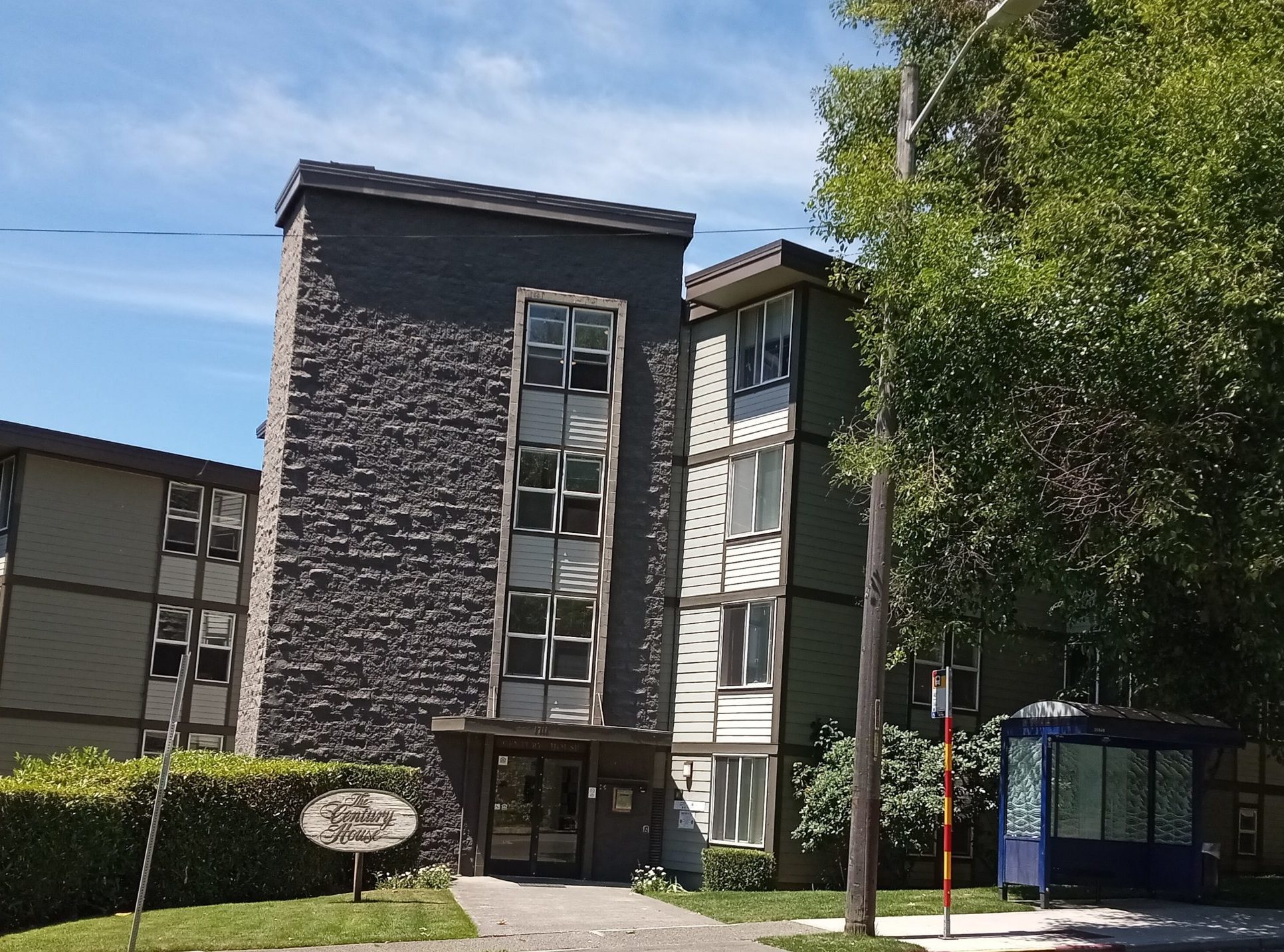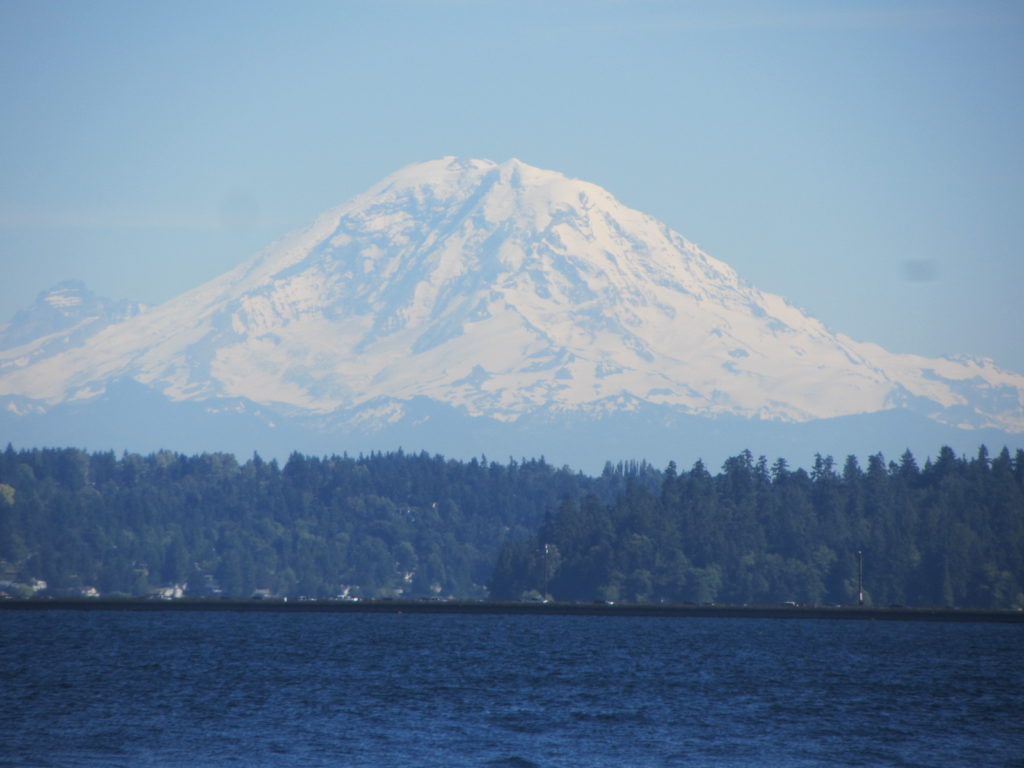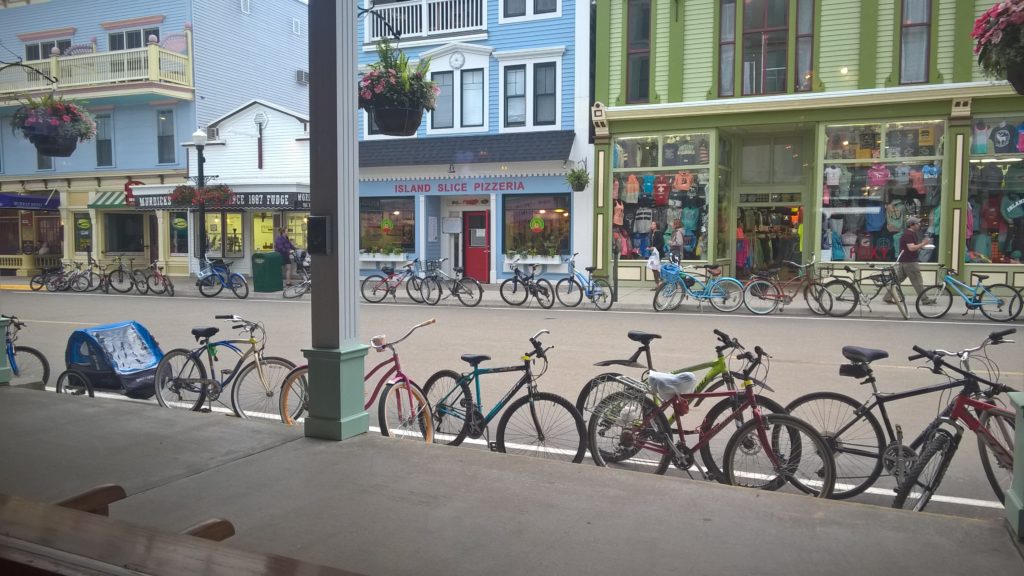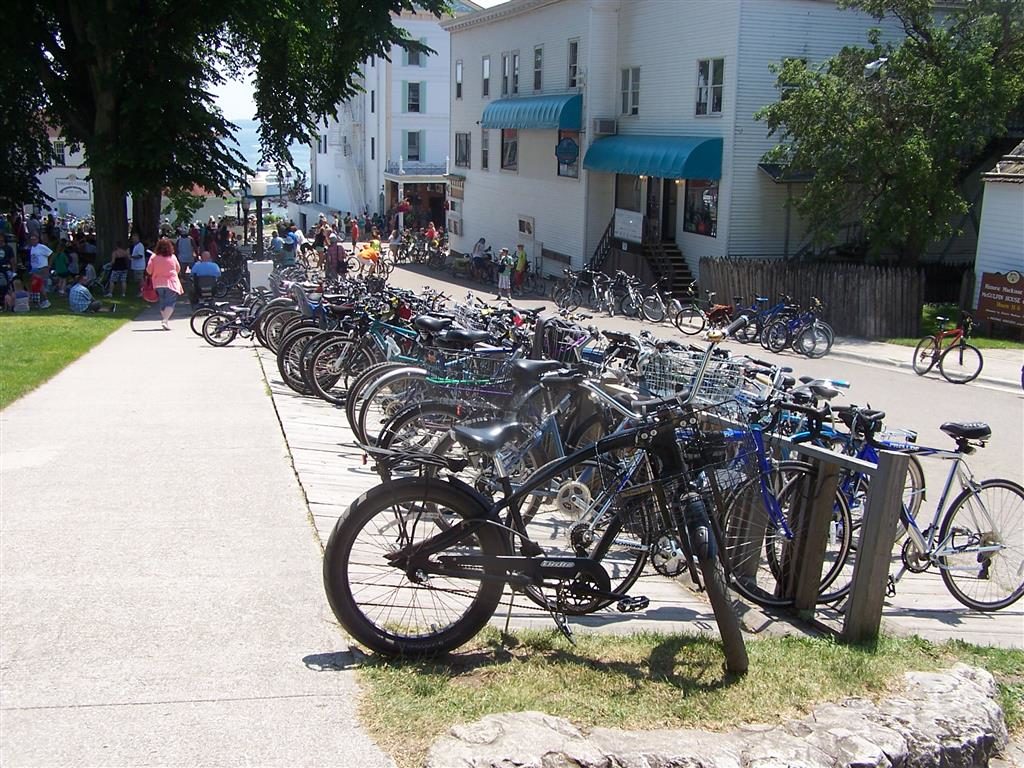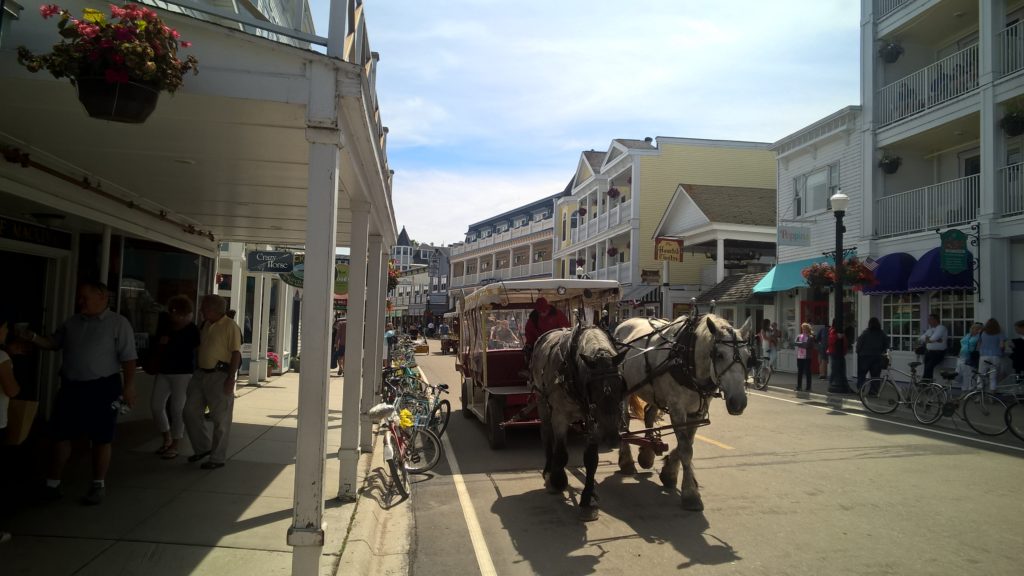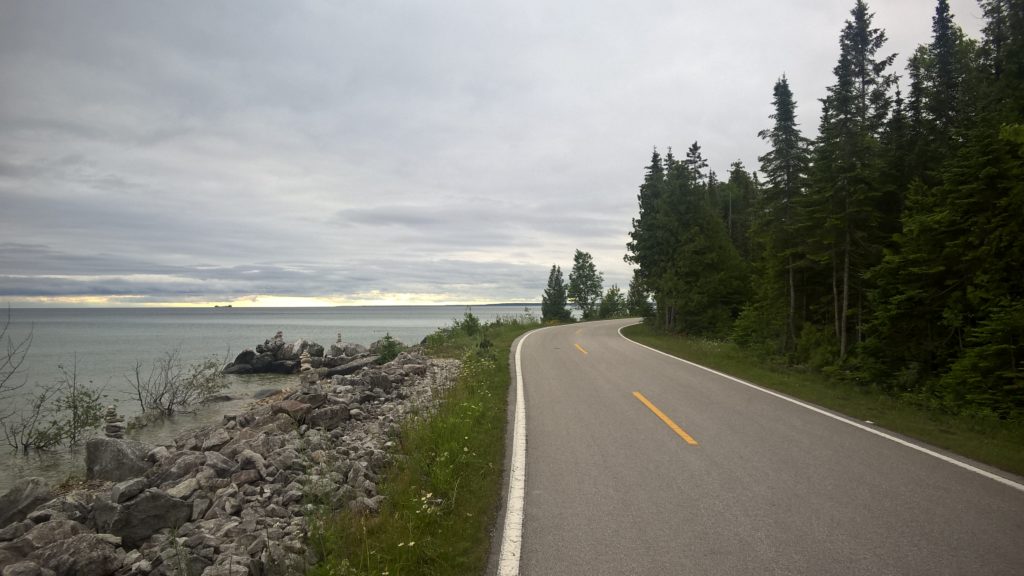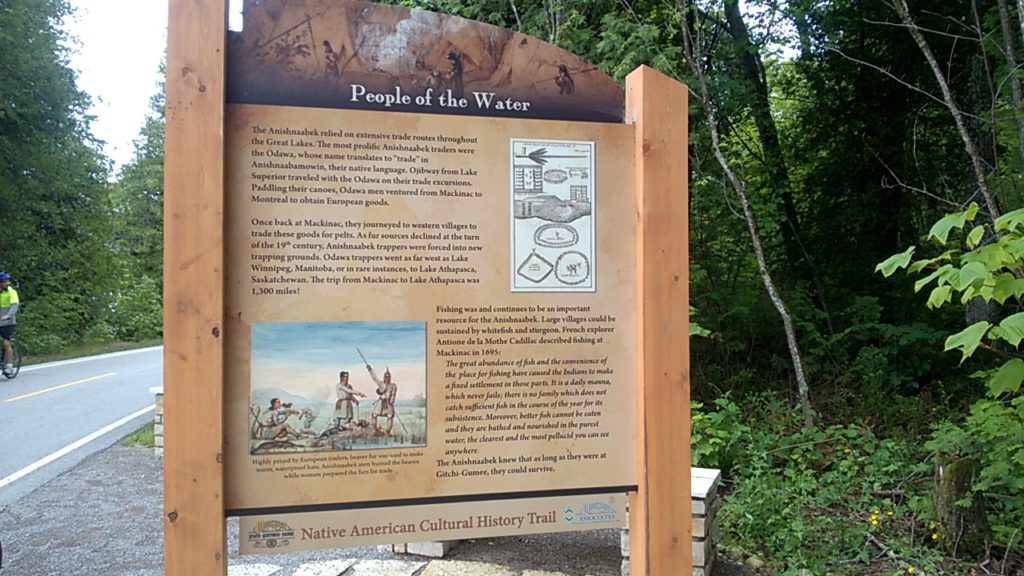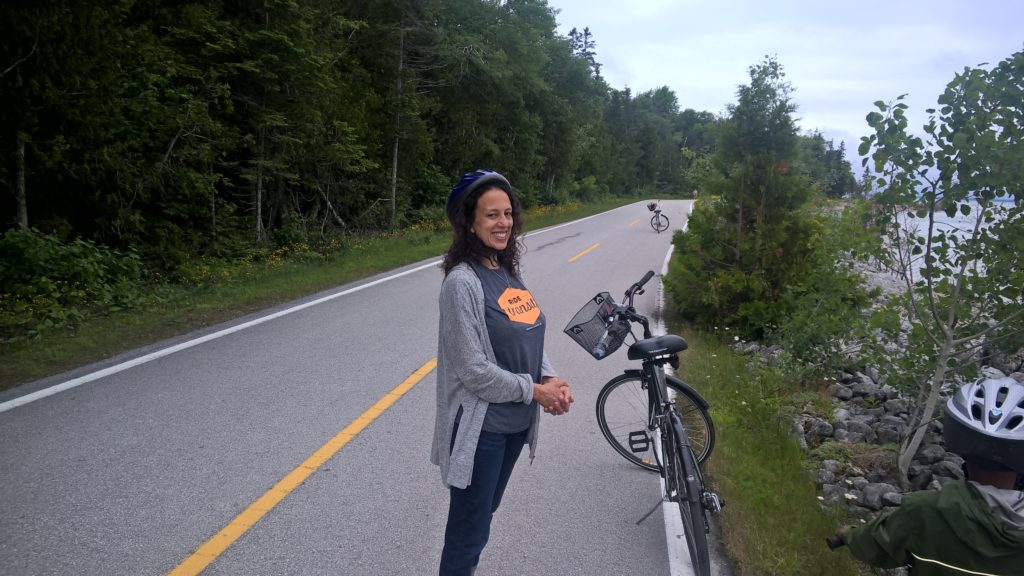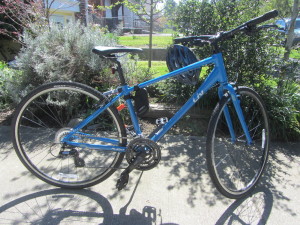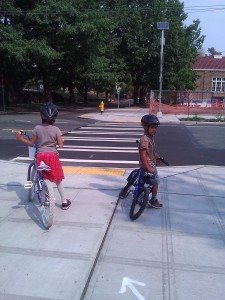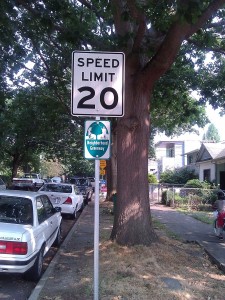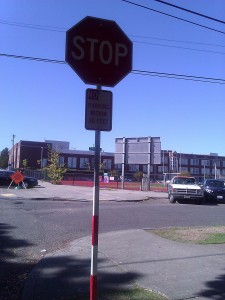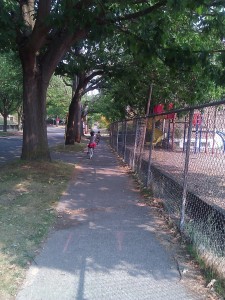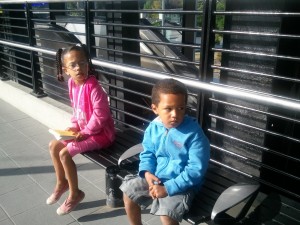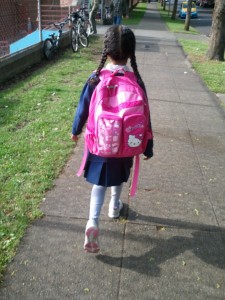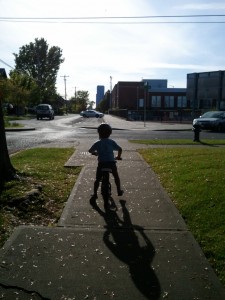Whenever I ride the 48 past Massachusetts, I pass the Century House Apartments, where my Grandma Bernice lived for several years during my childhood. This means that roughly 10 times each week, I have a visceral memory of being with a person who loved me well.
I don’t come from a “close” family. The only relatives I spent significant time with growing up were my dad’s parents, who separated when I was very young. Grandpa Marcellus was fun. He taught us to play poker and dominoes, to saddle a horse and bait a hook. He let us ride in the back of his truck and fed us strange treats like horehound candy.
But my grandma, she knew how to love.
Grandma Bernice stayed with our family often. She slept in the basement, on a bed with a sky-blue spread, and we kids always, always slept with her. She played with us—catch and dress-up and paper dolls she made herself—baked with us, listened to us. She had an ability to be present, to treat us like fellow humans instead of “children,” that felt like magic. No matter how long she visited, whenever she announced that she was ready to go home, we would beg her to stay “just one more night.”
Even better than Grandma’s visits were those times—maybe once a month or so—when she would invite one of the older kids to stay at her apartment. For me, there was nothing more coveted, more sacred, than an invitation to spend the night with Grandma.
I don’t remember much about that apartment at 23rd and Massachusetts, other than the rough texture of the cheap carpet and the rather institutional smell of the hallways. I have only snapshots of the time we spent together there. I remember “sewing” on her magical sewing machine. Listening to stories of her childhood with the six sisters she missed so desperately. Brushing my teeth with salt and soda. Watching her remove her wig and re-braid her white hair into two scrawny plaits before climbing into bed next to me. The feeling of her cool fingers as she scratched my back until I fell asleep.
And I remember our walks.
Grandma Bernice didn’t drive. For most of her life, a car was out of the question, an impossible expense. When her own children were young, she transported them on Seattle’s then-trolleys or on foot. Many years later, my dad tried to teach her in his own car, but she found the experience terrifying and abruptly discontinued the lesson.
For my entire childhood, my grandma bused and walked everywhere she went. When I was with her, I bused and walked, too.
Sometimes, on those one-on-one visits, Grandma and I would walk to the store. She would buy ingredients for dinner and maybe a copy of the Enquirer, which she considered evidence that we were living in the End Times. Sometimes, we would walk all the way to Douglass-Truth for story time. Sometimes, we would walk just to walk.
Grandma Bernice was the only adult I knew who really noticed things. As a country girl living in an apartment with no outdoor access, she missed dirt. When she walked, she would gather leaf skeletons and flower petals, which she sometimes used to make art. She would ooh and ahh at people’s gardens—and sometimes sneak a flower or two. (Later, she would press those stolen beauties between the pages of her Bible to preserve them.) Sometimes, she would walk up to a tree and wrap her arms around it in a true embrace. If I listened closely, I could hear her whisper, “Thank you.”
This practice of walking just to walk continued far beyond my grandma’s time at Century House. She walked no matter who she was visiting or where she was living, no matter the conditions. Nothing deterred her—not stormy weather, not heavy traffic, not even repeated purse snatchings.
Even though I cherished my time with Grandma Bernice, I didn’t always cherish those walks. When we walked to get somewhere, I couldn’t match her pace. I’d find myself blocks behind, exhausted and miserable. When we walked just to walk, I quickly grew bored. When could we go back inside and do something?
But somehow, over time, I have become my grandma. Of course I love the bus, but walking is my favorite way to travel. I walk to get places, yes, but I also walk just to walk. To clear my head. To experience the seasons. To notice. Sometimes, I even stop to thank a tree.
